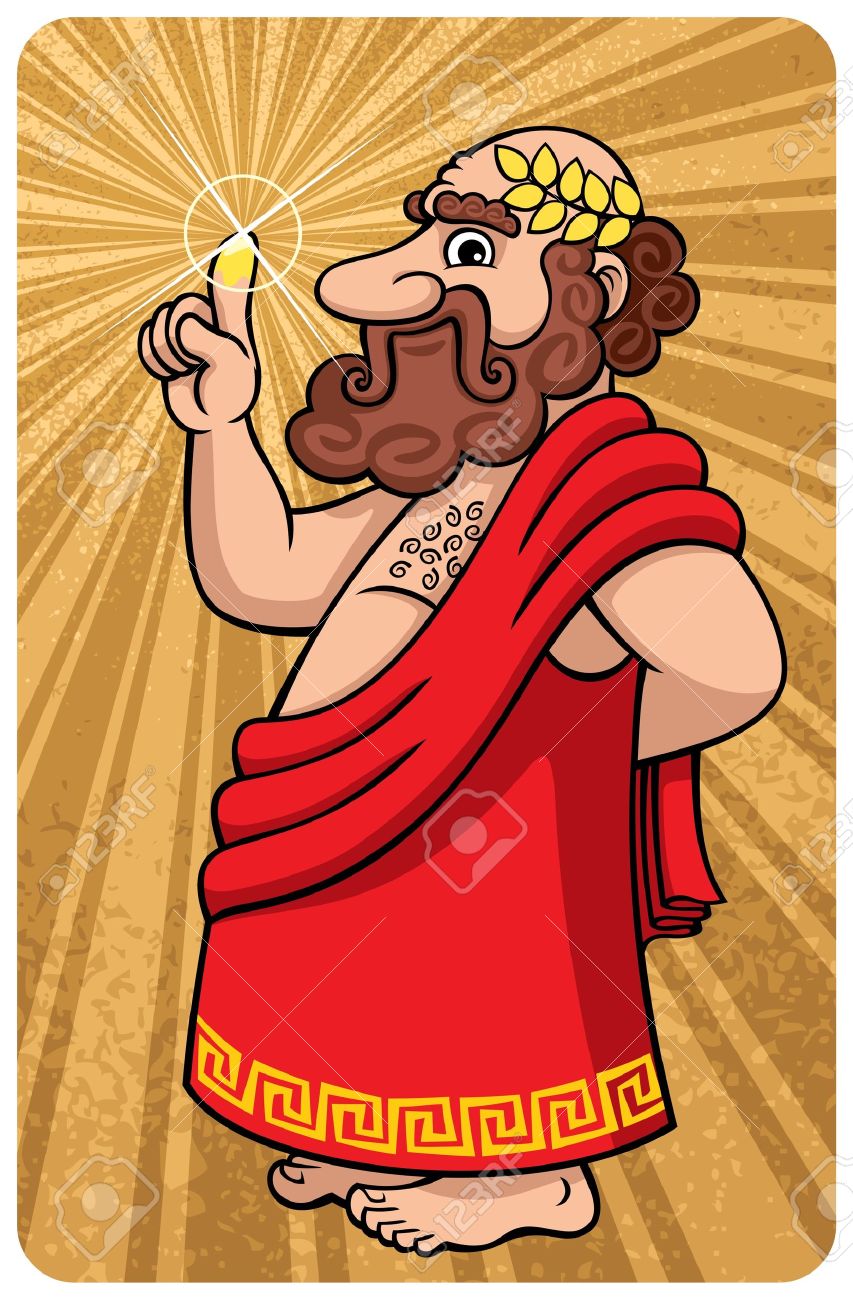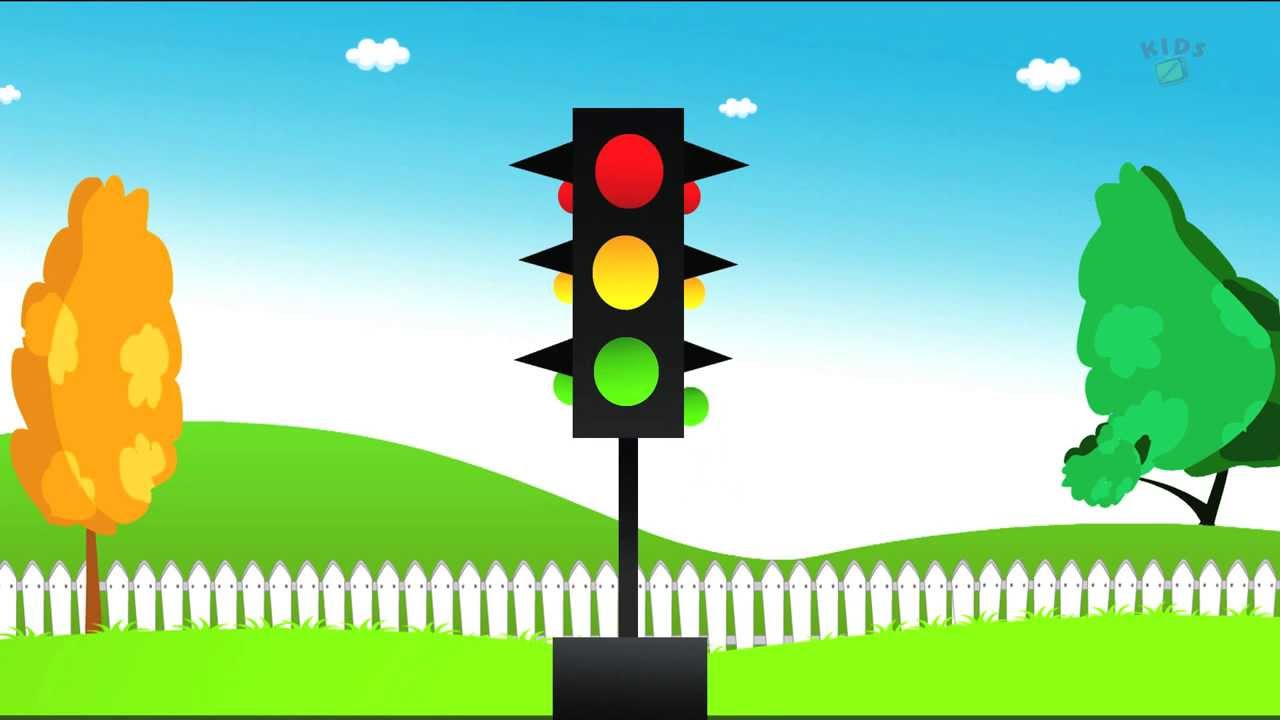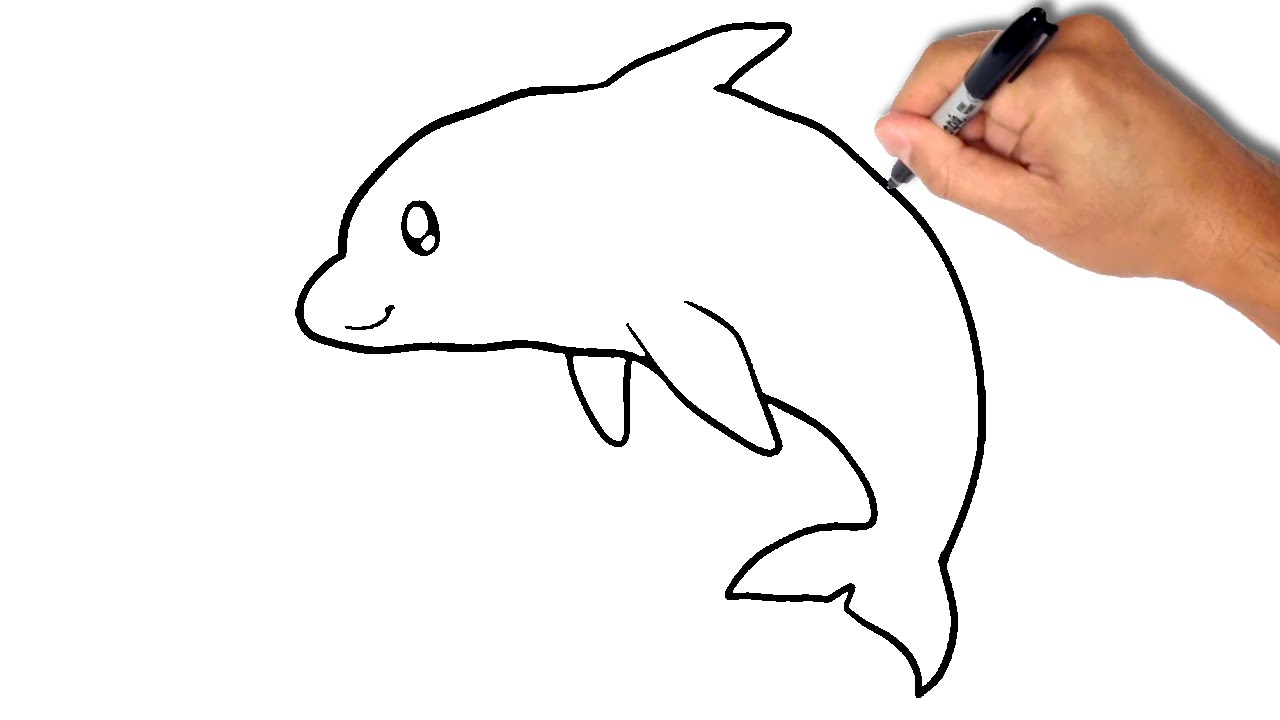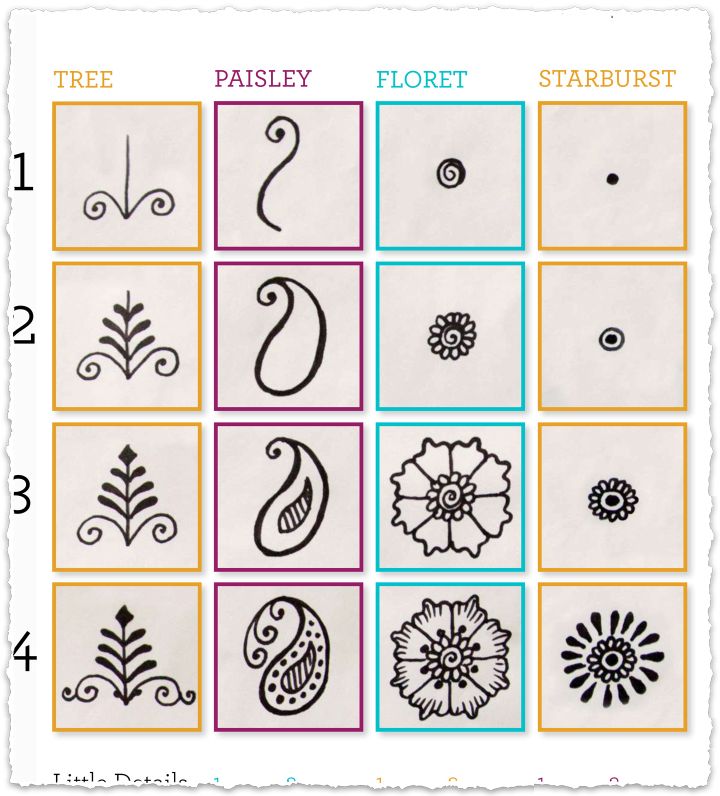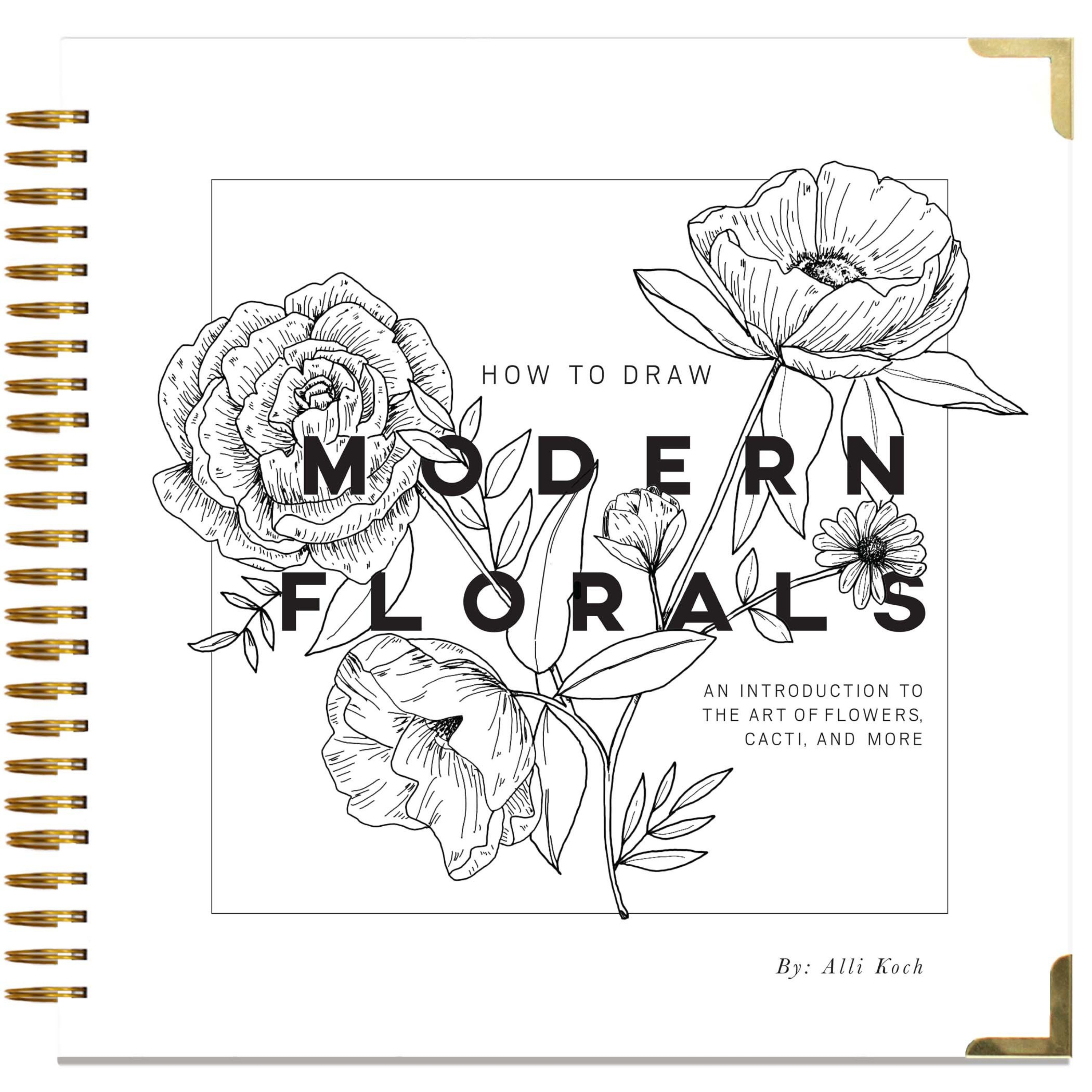Cheque earnest blanco scheck symbolischer blankoscheck returning ausdrucken artificial
Table of Contents
Table of Contents
Do you know how to draw a cheque? If not, don’t fret. Drawing a cheque is a task that many people find intimidating, but it doesn’t have to be. By following a few simple steps, you can quickly and easily draw a cheque that will be accepted by your bank.
Pain Points of Drawing a Cheque
Many people worry that they will draw a cheque incorrectly and have it rejected by their bank. Others are concerned about fraud, either committing it or being victimized by it. Some people simply don’t know how to fill in the various fields on a cheque. Whatever your concerns, we are here to help.
Answering the Target of How to Draw Cheque
First and foremost, you will need a chequebook from your bank. Once you have this, you can begin drawing cheques. Along the top of the cheque, you will see fields for the date, the name of the payee, and the amount of the cheque. Fill in each of these fields carefully, double-checking for accuracy.
Next, you will need to sign the cheque. You will typically sign in the lower-right corner of the cheque. Be sure to sign your name as it appears on your account to avoid any confusion or rejection.
Finally, before you submit your cheque, take a moment to review it for accuracy. Make sure all fields are filled in and that the amount you wrote matches the amount you want to pay.
Summary of How to Draw Cheque
In summary, drawing a cheque is a straightforward process that anyone can do. Start by filling in the fields for the date, payee, and amount, and then sign the cheque. Review it carefully before submitting it to your bank. By following these simple steps, you can be confident that your cheque will be accepted and, more importantly; you’re protected from fraud.
How to Draw Cheque and Related Keywords
When drawing a cheque, it’s essential to pay attention to detail to avoid any issues with it. A personal experience I encountered was filling out the wrong amount for the cheque, which caused a delay in payment. Ensure to take your time when completing the cheque, and double-check all fields, including the amount written in numbers and words, and the payee’s name.
 Another important thing to keep in mind is to always use a pen when filling out a cheque, preferably a black or blue ballpoint pen. This helps prevent any changes or alterations to the cheque once it’s been completed. Lastly, it’s crucial to be mindful of your account balance and to ensure that you have enough funds to cover the amount of the cheque.
Another important thing to keep in mind is to always use a pen when filling out a cheque, preferably a black or blue ballpoint pen. This helps prevent any changes or alterations to the cheque once it’s been completed. Lastly, it’s crucial to be mindful of your account balance and to ensure that you have enough funds to cover the amount of the cheque.
Common Mistakes When Drawing Cheques
One common mistake people make when drawing cheques is forgetting to write the amount in both numbers and words. This is essential because it ensures that the amount you want to pay is clear and unambiguous. Another common mistake is not signing the cheque or signing it improperly. This can cause your bank to reject the cheque, leading to delays in payment and frustration for all involved.

The amount field is one of the most critical areas on a cheque where many errors occur. It’s essential to fill out this field correctly because any mistakes could result in your cheque being rejected or incorrect amounts paid. When writing out the amount field, be sure to start at the left side of the line, so you don’t leave any space for anyone to add extra numbers. Additionally, when writing out the amount in words, ensure that you write it out correctly and legibly.
Adding Memo to a Cheque
Suppose you want to add a memo to your cheque. In that case, you can add it in the memo field, which is usually located in the bottom left-hand corner. This field enables you to add additional notes, such as an order number or an invoice number, to your cheque.
Question and Answers About How to Draw Cheque
Q1: Can I use a pencil to fill in the cheque?
A1: It’s not recommended as it can be easily altered. Always use a black or blue ballpoint pen when filling in a cheque.
Q2: Do I need to include my account number on the cheque?
A2: No, your account number isn’t required on the cheque. However, it’s recommended to include it when paying bills or submitting payments to ensure proper account credit.
Q3: Can I use correction fluid on a cheque?
A3: No, it’s not recommended as it can invalidate the cheque. Any mistakes made when filling out a cheque should be crossed out with a single line and corrected above or beside it, with your initials.
Q4: Can I post-date a cheque?
A4: Yes, you can post-date a cheque. However, please note that the cheque won’t be valid until the date indicated.
Conclusion of How to Draw Cheque
In conclusion, drawing a cheque might seem daunting, but it’s a simple process that anyone can do. By taking your time, double-checking your work, and being mindful of the details, such as the amount field and proper signatures, you can avoid any issues with your cheque. Remember to always use a pen, write legibly, and review it carefully before submitting it to your bank.
Gallery
How To Cancel A Cheque And What It Is - TechScrolling

Photo Credit by: bing.com / cheque cancel
How To Draw Money Through Cheque - Draw Easy

Photo Credit by: bing.com / cheque
Blank Cheque Illustration Stock Illustration - Download Image Now - IStock
Photo Credit by: bing.com / cheque earnest blanco scheck symbolischer blankoscheck returning ausdrucken artificial
34. Draw A Specimen Of Cheque. - Brainly.in

Photo Credit by: bing.com / cheque specimen draw
How To Fill Cheque – 7 Steps Cheque Filling Guide

Photo Credit by: bing.com / cheque hdfc cancelled sbi payee

